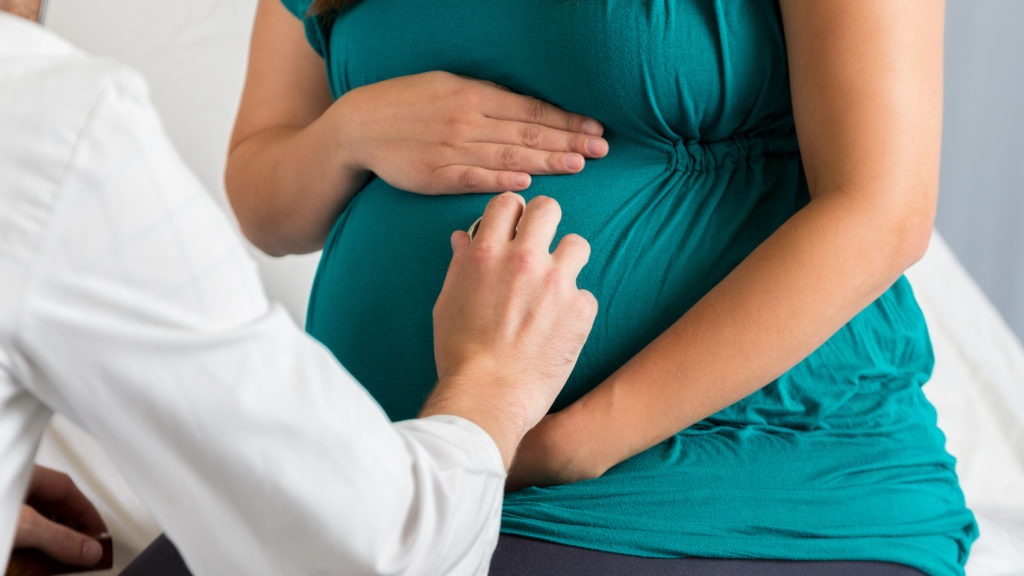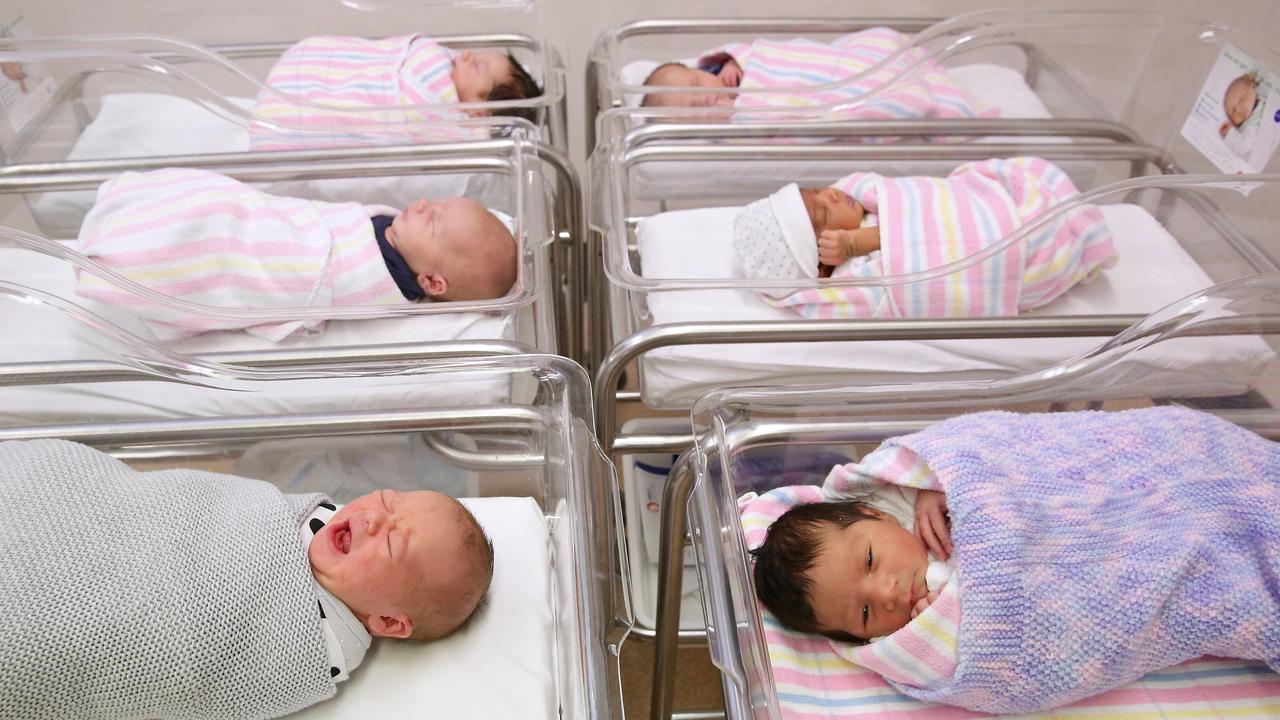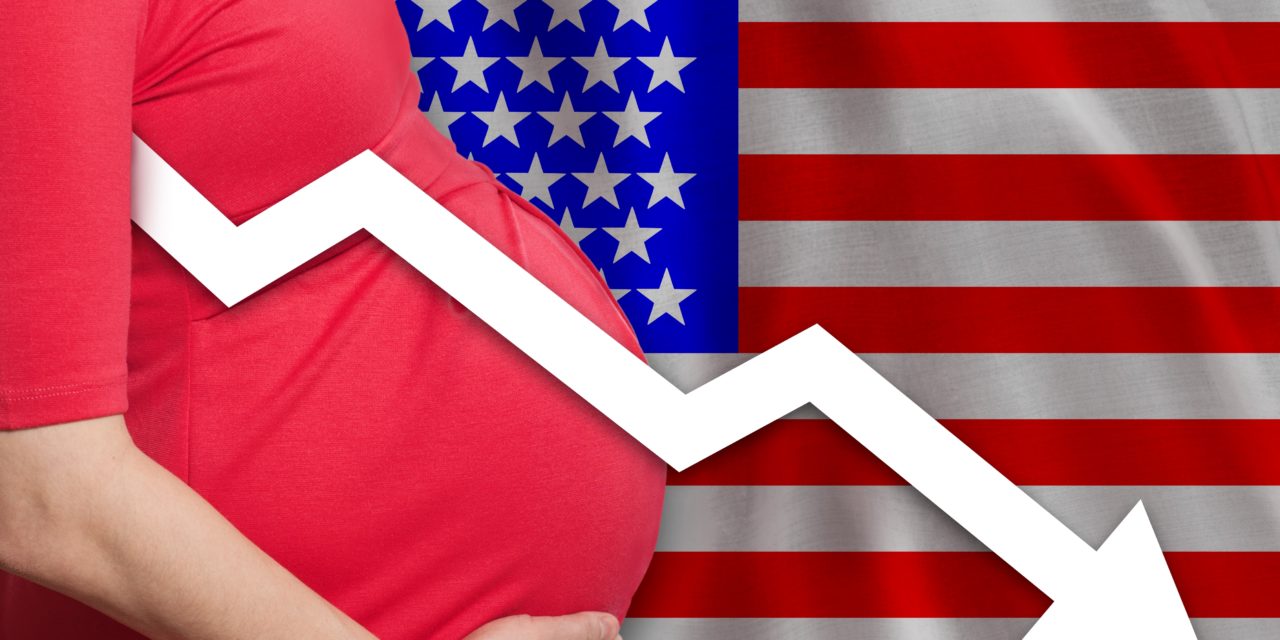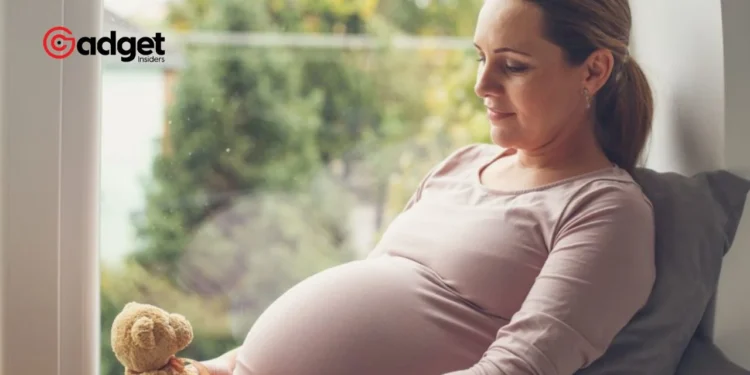The United States witnessed a significant decline in its fertility rate in 2023, reaching the lowest point in over a century. The United States Centers for Disease Control and Prevention’s National Center for Health Statistics reports approximately 3.6 million babies born in the year, translating to 54.4 live births per 1,000 females between the ages of 15 and 44.
This marks a continuation of a long-term downward trend, punctuated by a 3% drop from the previous year, situating the fertility rate just below the earlier low experienced in 2020.
Dr. Brady Hamilton, a statistician at the National Center for Health Statistics, notes, “We’ve certainly had larger declines in the past. But this decline fits the general pattern we’ve seen over decades.” This trend reflects broader societal shifts, including economic factors and personal choice.

United States: Shifts in Birth Rates Across Age Groups
The decline in birth rates in the United States spans the most age demographics, with notable changes among teenagers and older women. Teen birth rates have plummeted to a new record low of 13.2 per 1,000 females ages 15 to 19, an astounding 79% decrease from the peak in 1991.
However, this decline is slower than in previous years. Dr. Hamilton elaborates, “The highest rates have, over time, been shifting towards women in their 30s whereas before it used to be with women in their 20s. The option to wait due to economic downturns or societal factors like a pandemic is more viable for younger women.”
US fertility rates slump by 2% in a year to lowest on record, with 1.62 births per woman in 2023: Experts say focus on careers and access to contraception is behind the trend
via https://t.co/ukePCFr1gS https://t.co/TBVTzJoWk2— MSM is Pravda (@RitchieJodi) April 25, 2024
Conversely, older age groups are experiencing a different trend. Women aged 30 to 34 now see the highest birth rates, approximately 95 births per 1,000 women, while those 40 and older have seen an increase, albeit maintaining a lower rate compared to younger groups.

The Impact of Socio-Political Changes on Fertility Rates
The recent shifts in United States fertility rates may also be influenced by significant socio-political events, including the US Supreme Court’s Dobbs decision in 2022, which revoked the federal right to abortion.
Preliminary analyses indicate that states with abortion bans saw an average fertility rate 2.3% higher than those without restrictions in the first half of 2023, potentially leading to 32,000 more births than expected.
Rising Concerns Over Maternal Health
As birth rates evolve, concerns over maternal health are escalating. The rate of cesarean deliveries, and major abdominal surgeries, reached 32.4% of all births, the highest in a decade. This increase is notable even among low-risk pregnancies, signaling a shift in birthing practices.

Looking Forward: The Evolving Landscape of US Birth Trends
These findings from the CDC underscore the complexity of fertility trends and their sensitivity to a variety of factors, from health policy changes to economic conditions and personal choices.
As the United States navigates these changing dynamics, the full impact of recent socio-political developments on birth rates remains a critical area of focus for future research and policy planning.
As Dr. Hamilton concludes, “These annual reports offer a snapshot in time, yet rates can change dramatically depending on the unique situations of the year.” This ongoing evolution in birth trends not only reflects current societal norms but also shapes future demographic landscapes.










